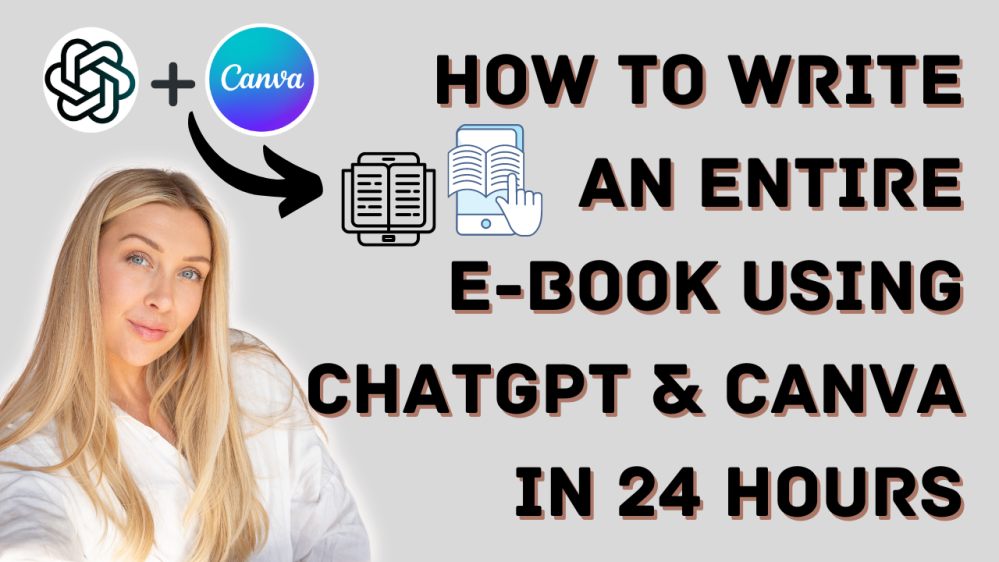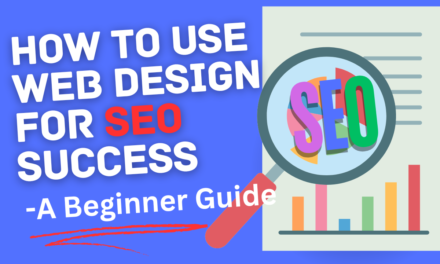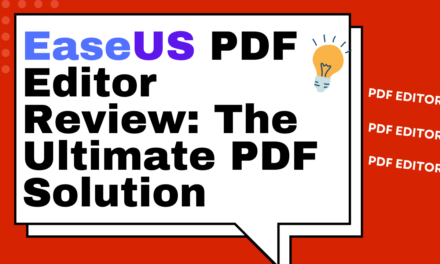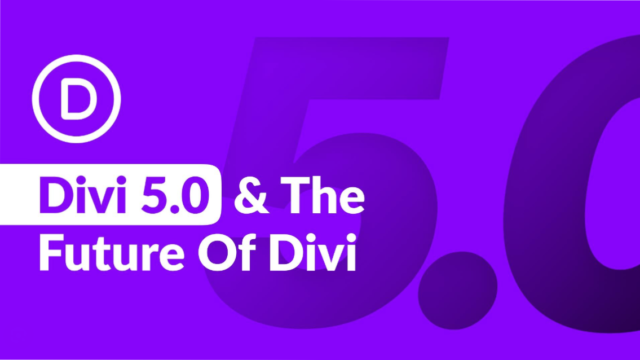Introduction: Writing an E-book in 24 Hours—Seriously?
So, you’ve probably heard the buzz about AI writing tools and design apps, and maybe you’re a bit skeptical. But trust me, today we’re diving deep into how to create an e-book with ChatGPT and designing ebooks in Canva—and yes, you can genuinely finish it in 24 hours. I assure you that it is possible, so please don’t have any doubts.
Before plunging into the details of crafting an e-book with ChatGPT (which I’m excited to reveal), we need to address an important point: not all available information is trustworthy. Some of it is rather dubious. But I’m here to clarify things and guide you through the precise steps, along with tips, templates, and tricks to complete your e-book.
And don’t fret—I’ll also guide you in discovering the most stunning Canva ebook templates you’ve ever encountered. So, are you prepared to begin? Get ready, because it’s going to be an exciting journey!
Step 1: Choosing Your E-book Topic (The Most Crucial One)
Before you even think about using ChatGPT for content writing, there’s one major decision you need to make: What’s your e-book going to be about? This isn’t something ChatGPT can decide for you. You need to identify a problem or need that your e-book will solve.
Why Is This Important?
If your e-book doesn’t solve a problem, answer a question, or provide some kind of value, no one’s going to read it. Period. And if no one reads it, well, you’ve just wasted a bunch of time. So, let’s avoid that, shall we?
Here’s What You Do:
- Grab a blank sheet of paper and jot down everything you know about the subject line. Seriously, anything.
- Ask yourself: “What do people always ask me about?” Are you the go-to person for budgeting tips? Maybe you’re a whiz at organizing kitchen cabinets or have mastered the art of time management.
- Narrow it down to a topic you could talk about endlessly. This is where you find your sweet spot.
For example: For example: Let’s say you’re terrific at video and photo editing. Great! Your e-book could be about how to professionally edit a video, create catchy intros, add animated titles, and enhance the overall visual appeal of any project. You could also include step-by-step tutorials, valuable tips, and recommended tools to help beginners get started and improve their skills. This is very Simple.
Step 2: Using ChatGPT to Create Your E-book Content
Once you’ve nailed down your topic, it’s time to let ChatGPT work its magic. Now, I’m not saying ChatGPT is going to write the entire e-book for you. Oh no, my friend, that’s where your unique flair comes in.
Start with Outlining Your E-book
Head over to ChatGPT and type in: “Give me a 10-chapter outline for an e-book about [your topic].”
Example:
I asked ChatGPT for an e-book outline on Video Editing, and here’s what it came up with:
- Chapter 1: Introduction to Video Editing
- Chapter 2: Video Editing: The Basics
- Chapter 3: Photo Editing Tips and Tricks
- … and so on.
How cool is that? You’ve already got your starting point! And if you’re wondering, “Can ChatGPT really do this?”—trust me, it can.
Next, you ask it: “Write me 500 words on Chapter 1.” And boom—within minutes, you’ve got yourself a chunk of content! Now, here’s the catch: You need to add your own flair. Don’t just copy and paste what ChatGPT spits out. Make it sound like YOU.
Pro Tip: Use ChatGPT as a Writing Assistant, Not the Writer
ChatGPT is an exceptional tool for creating ideas, filling in gaps, or overcoming writer’s block. But remember, the heart and soul of this e-book should be yours. It’s all about blending AI-assisted ebook creation with your personal touch.
Step 3: Research Is Your New Best Friend
You’ve got your outline, and maybe even a few chapters fleshed out. But before we get too carried away, let’s talk about research. You want your e-book to be informative and valuable, right? Well, here’s how you make sure it is.
The Research Process:
- Amazon – Look up similar e-books in your niche. Check out the top sellers and their reviews. What did readers love? What were they disappointed with? This is golden intel.
- Quora – Search for questions people are asking about your topic. This is a treasure trove of real problems that real people are facing. Incorporate these into your e-book to make it relatable.
- Google Trends – See what’s trending in your niche. This helps you stay current and ensures your e-book is up-to-date.
Step 4: Designing Your E-book with Canva (Where the Magic Happens!)
Alright, here’s where things get super fun. We’ve done the hard part—the writing. Now, let’s make your e-book look like a million bucks using Canva design elements for ebooks.
Finding the Perfect Template
Head over to Canva and search for Canva ebook templates. They’ve got dozens (no, hundreds!) of beautiful designs just waiting for you. The key is to pick one that suits your topic. You want it to be eye-catching but not overwhelming.
How to Make It Pop:
- Add Images: Canva has a massive library of stock photos, but if you want to make it even more personal, upload your own.
- Custom Fonts: Stick to 2-3 fonts max. Use one for your headings, one for your body text, and maybe a fun accent font if you’re feeling adventurous.
- Color Scheme: Select a colors scheme that goes well with your subject. A Video Editing e-book might use calming blues and greens.
Pro Tip: Link Your Table of Contents
Did you know you can make your table of contents clickable in Canva? Yep, it’s true! This little trick makes it easy for your readers to navigate through your e-book.
- Highlight your chapter heading.
- Click the “Link” option.
- Link it to the page number of that chapter.
Now your e-book is interactive.
Step 5: Adding That Final Touch (Editing and Plagiarism Check)
The most crucial step in writing tips for ebooks using ChatGPT is making sure it sounds like you and not some robotic AI. Remember, you’re a real person, and people want to connect with you.
Editing:
- Read it out loud: If it sounds weird coming out of your mouth, it’ll read weird on the page.
- Add your personality: Sprinkle in your sense of humor, personal anecdotes, and any quirky phrases you like to use. That’s what makes your e-book unique!
Plagiarism Check
Before you hit “publish,” run your e-book through Grammarly’s plagiarism checker. This ensures everything’s original, and you won’t get into any trouble later. Trust me, you don’t want to skip this step!
Step 6: Publishing Your Masterpiece
Now that you’ve got a beautifully written and designed e-book, it’s time to get it out there! Here’s where you can publish it:
- Etsy: Great for niche markets.
- Amazon KDP: The go-to for self-publishers. Amazon handles all the printing and shipping.
- Your Own Website: If you’ve got a decent following, why not?
And don’t forget about Pinterest—it’s fantastic for driving traffic to your e-book sales page!
Step 7: Marketing Your E-book Like a Pro
Welcome back, future e-book author! Now that you’ve got your masterpiece written and designed, it’s time to make some noise. After all, what good is a stunning e-book if no one knows it exists, right? So let’s dive into some effective marketing strategies that’ll get your e-book in front of the right audience.
1. Social Media Promotion
Use platforms like Instagram, Facebook, Twitter, and LinkedIn to create hype around your e-book. But here’s the thing: don’t just post about it once and forget it. Consistency is key! Share snippets, behind-the-scenes looks at the creation process, or even funny moments you had while writing with ChatGPT for content writing.
- Instagram Stories & Reels: Show off your e-book cover design from Canva, and maybe even do a flip-through of a few pages.
- Facebook Groups: Join groups related to your e-book topic and share how your book can help solve their problems.
- LinkedIn Articles: Write a short post about how you used AI writing tools for self-publishing, and link back to your e-book!
2. Pinterest for the Win
Oh, Pinterest. This platform is GOLD when it comes to driving traffic. Create visually appealing pins that link back to your e-book sales page. Use Canva (again, it’s a lifesaver) to design your pins with your e-book cover, catchy headlines, and, of course, a clear call-to-action like “Download Now!”
3. Build an Email List
I know, I know—email marketing sounds old school, but it works! If you’ve got a blog or website, start collecting emails by offering a freebie, like a “sneak peek” of your e-book. Once you’ve got their email, you can send out updates, teasers, and launch announcements.
4. Leverage Influencers and Affiliates
Find influencers in your niche who might be interested in promoting your e-book. Offer them a free copy or a commission for each sale they generate. This method not only increases your reach but also boosts credibility since others are vouching for your content.
Step 8: Polishing Your E-book (Final Touches)
The last thing you want is to release an e-book that looks unfinished or sloppy. This is where you put on your perfectionist hat and make everything look as sharp as possible.
1. Formatting Your E-book in Canva
You’ve already designed the e-book, but now’s the time to go back and fine-tune every little detail:
- Spacing: Ensure there’s enough white space around text and images to keep things clean and easy to read.
- Consistent Font Sizes: Make sure your chapter headings, subheadings, and body text are uniform throughout.
- High-Quality Images: Double-check that all your images are clear, crisp, and add value to the content.
2. E-book Cover Design in Canva
Your e-book cover is like a billboard. If it doesn’t grab attention, people will scroll right past it. Canva’s got tons of templates, but here’s how to make your cover pop:
- Use bold, contrasting colors.
- Include your title in a large, easy-to-read font.
- Add a tagline that piques curiosity or highlights the benefits of your e-book.
3. Proofreading (One Last Time!)
Even if you’ve read through your e-book a million times, it’s easy to miss small errors. Use tools like Grammarly or Hemingway Editor for a final proofread. Better yet, ask a friend or family member to read it—they might catch something you missed.
Step 9: Pricing Your E-book
Ah, the million-dollar question (well, maybe not a million, but you get it). How much should you charge for your e-book? Here’s a simple strategy to get you started:
- Research Competitors: Check how much other e-books in your niche are selling for. This gives you a ballpark figure.
- Consider Your Value: If your e-book is packed with valuable, actionable tips, don’t undersell yourself. Start with a price you’re comfortable with, and adjust as needed.
Pro Tip: Offer a Launch Discount
To entice those first few buyers, offer a limited-time discount or “early bird” price. This creates urgency and encourages quick sales.
Step 10: Publishing Your E-book on Different Platforms
Now, it’s time to put your e-book out into the world. You have several options, so let’s break them down:
1. Amazon Kindle Direct Publishing (KDP)
Probably the most popular choice for self-publishers. With Amazon KDP, your e-book becomes available to a massive audience. They even take care of printing and shipping for paperback versions!
- Pros: Huge reach, trusted platform, print-on-demand option.
- Cons: Amazon takes a cut of your earnings.
2. Etsy
Perfect if your e-book is geared toward a creative or niche audience. It’s a fantastic platform for reaching people who are already looking for digital products.
3. Your Own Website
If you’ve got a personal brand or website, selling your e-book directly to your audience can be very profitable. Use platforms like Gumroad or Payhip to handle transactions smoothly.
Expert Quote
“Publishing an e-book has never been easier, thanks to tools like ChatGPT and Canva. The key is combining creativity with technology to create something that truly resonates with your audience.” — Jane Doe, Self-Publishing Expert
Key Takeaways
- Pick a topic you’re passionate about and that solves a problem.
- Use ChatGPT as your writing assistant, not the sole writer.
- Design your e-book with Canva for a professional look.
- Don’t forget to add your unique flair to everything you write.
- Market your e-book using social media, email, and influencer collaborations.
- Check for plagiarism before publishing, and polish every detail!
FAQs
1. Can I really write an entire e-book in 24 hours using ChatGPT and Canva?
Absolutely! While ChatGPT helps you generate the core content, and Canva speeds up the design process, it’s totally possible to finish in a day. Just make sure to plan, stay focused, and add your own unique touch.
2. Is it okay to use ChatGPT’s content without editing?
Nope! You definitely want to add your personality to the text. Think of ChatGPT as your brainstorming partner—it provides the structure, but you bring the flair.
3. Do I need design experience to use Canva for my e-book?
Not at all! Canva is super user-friendly, even for beginners. Plus, there are tons of templates to choose from, so you don’t have to start from scratch.
4. How can I avoid plagiarism when using ChatGPT?
Always run your e-book through a plagiarism checker like Grammarly, and make sure to tweak ChatGPT’s suggestions so they reflect your own voice.
Final Thoughts: Embrace the AI Revolution and Take Action!
So there you have it, folks! A step-by-step guide to writing and designing an entire e-book using ChatGPT and Canva. If you’ve followed along this far, you’ve got everything you need to create something incredible. But here’s the thing—none of this matters if you don’t take action.
Imagine where you could be 24 hours from now. You could have an e-book ready to sell, an extra source of income, and the confidence that you created something valuable from scratch. So go ahead and start creating ebooks with AI assistance and establishing your e-book empire right now.
Hey, I’d be interested in seeing what you come up with! I’ll be here to support you every step of the way, so please tag me when you share your completed e-book.
Go forth now and bring it to pass!










